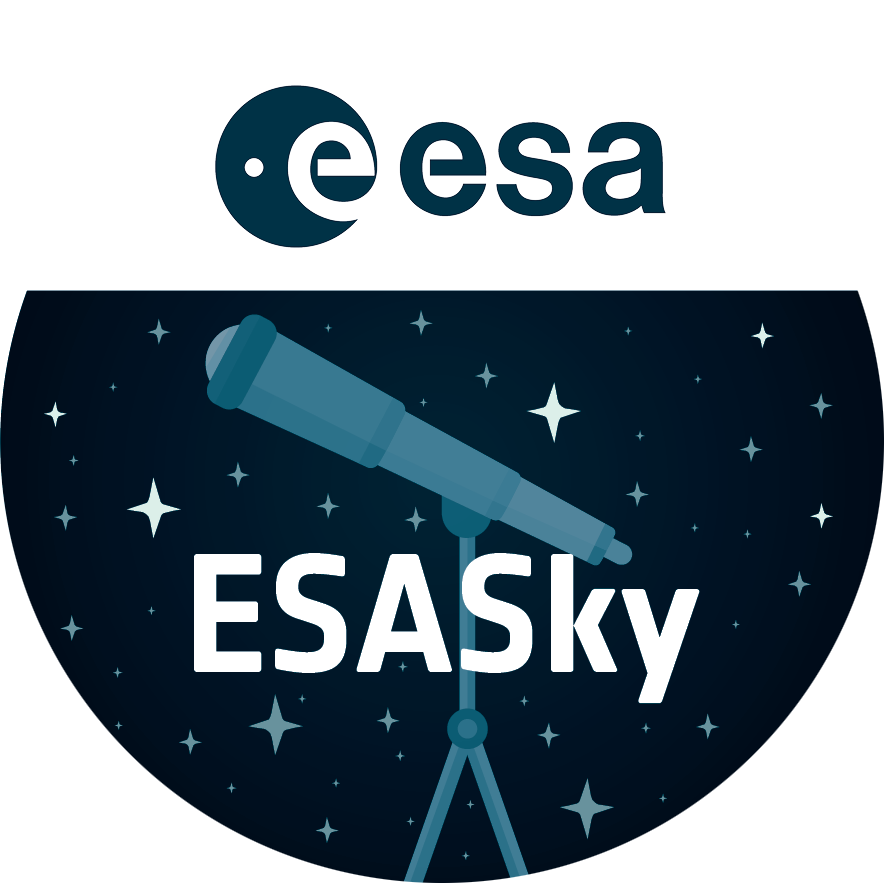Fading Supernova Is Producing a Spectacular New Light Show
Seventeen years ago, astronomers spotted the brightest stellar explosion ever seen since the one observed by Johannes Kepler 400 years ago. Called SN 1987A, the titanic supernova explosion blazed with the power of 100,000,000 suns for several months following its discovery on Feb. 23, 1987. Although the supernova itself is now a million times fainter than 17 years ago, a new light show in the space surrounding it is just beginning.
Credit:About the Image
About the Object
| Name: | IRAS 05240-6948, SN 1987A |
|---|---|
| Type: | Local Universe : Star : Evolutionary Stage : Supernova |
| Distance: | 170000 light years |
| Constellation: | Dorado |
| Category: | Stars |
Wallpapers
Coordinates
| Position (RA): | 5 35 27.98 |
|---|---|
| Position (Dec): | -69° 16' 11.28" |
| Field of view: | 0.04 x 0.03 arcminutes |
| Orientation: | North is 0.0° left of vertical |
Colours & filters
| Band | Wavelength | Telescope |
|---|---|---|
| Optical B | 435 nm |
Hubble Space Telescope
ACS |
| Optical V | 555 nm |
Hubble Space Telescope
ACS |
| Optical R | 625 nm |
Hubble Space Telescope
ACS |


